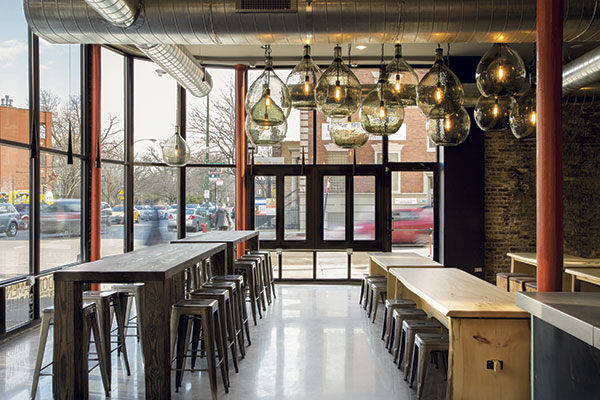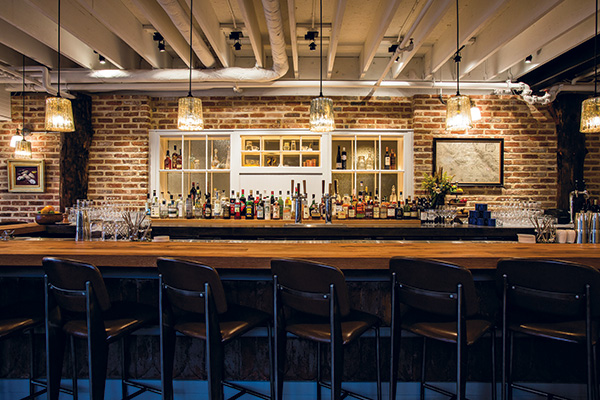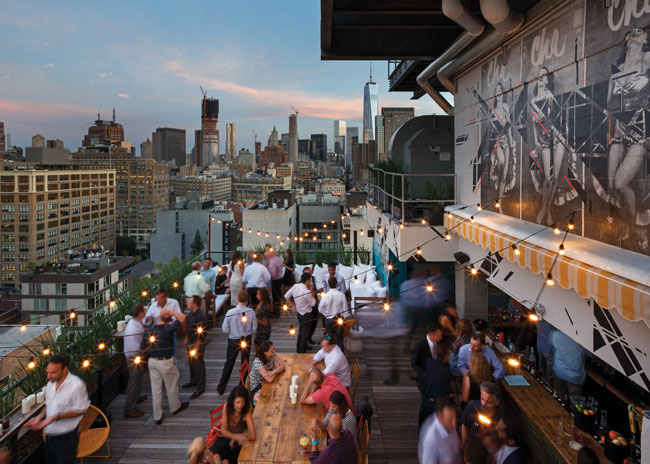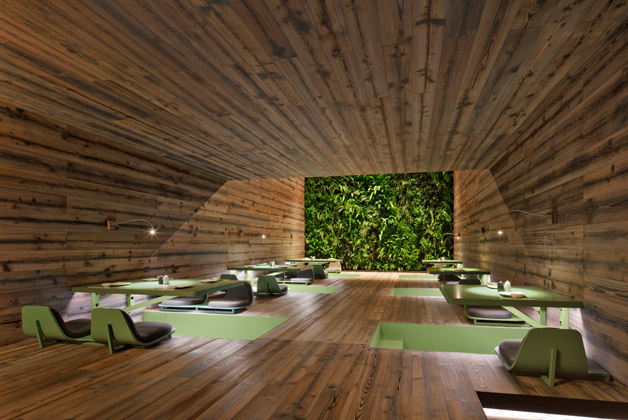Design
- Design
- The Editors
As project manager and senior designer at Puccini Group, the global hospitality concept and design firm headquartered in San Francisco, Douglas Fu has designed and managed large-scale hotel and restaurant design projects from Southern California to Ras al-Khaimah. In addition to his nearly 20 years of experience designing hospitality interiors, Doug is a self-proclaimed foodie and the proud father of two amazing boys.
- Design
- Peter Fabris
Transforming a restaurant from one distinctive brand to a very differently themed establishment is hard enough. Try renovating the space while keeping the old business open.
- Design
- Anne LoCascio
Chicago shows no signs of slowing down any time soon when it comes to new restaurant openings. Here’s a look at four design-forward restaurants you won’t want to miss if in town for the National Restaurant Association show this month.
- Design
- Toby Weber
This James Beard semifinalist restaurant celebrates mid-Atlantic cooking in an environment that emphasizes tradition.
- Design
- Donna Boss
Organizing systems to speed throughput, maintain quality and improve accuracy determines drive-thru success.
- Design
- Amanda Baltazar
The right number of tables in a restaurant is a balancing act between generating revenue and creating the perfect ambiance for guests.







